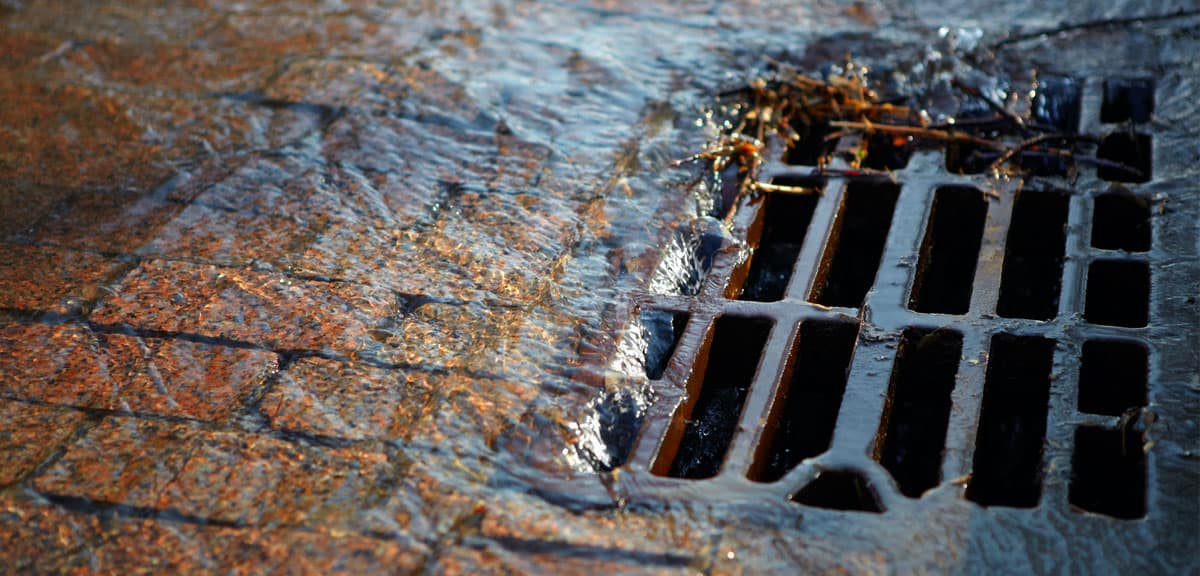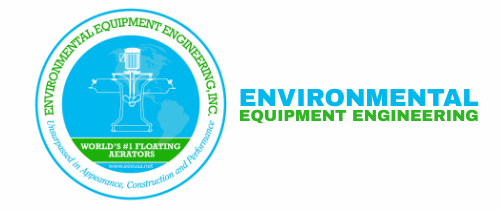
Key Points: Rain is the ultimate cleaning agent of our world, but what happens with pollutant-laden stormwater runoff from urban and industrial environments really matters. This article analyzes why stormwater can be harmful, what kind of pollutants it can contain, and how it can affect the environment. After the overview, we will have a quick look at hi-tech solutions that can enable you to run effective stormwater management.
Rain that washes away all dirt, filth, and impurities is a common image in the collective human imagination. Naturally, the concept is rooted in reality – the rain does visibly wash away all kinds of physical and chemical contamination from the ground; it even purifies the air we breathe.
However, in the modern industrial age, the fantastic purifying properties of rain come with consequences – pollution.
What Is Stormwater Pollution?
Urbanized and industrial areas are rich in impervious surfaces that accumulate chemicals generated by local human activity. The same happens with lawns, recreational sporting fields, and agricultural fields, which can also produce runoff during intense storms, despite being permeable.
Stormwater that has picked up the polluting substances from the ground has to go somewhere – either in deeper layers of the soil or drain directly into a water body through stormwater drains or direct runoff. It is there – in streams, rivers, oceans, seas, and underground aquifers – that these substances accumulate, potentially becoming a threat to the public and the environment.
The consequence of this water management field being historically neglected is that now we have many waterways heavily polluted by chemicals. The pollutants most commonly found in the anthropogenic runoff are:
- Oil and gas, coming from industry and transportation,
- Heavy metals from transportation and industrial activity
- Toxic and biocidal compounds of various origins – pesticides, cleaning agents, antifreeze, etc.
- Phosphorus and nitrogen, come from agricultural fields and facilities and the industry.
- Bacteria, viruses, and parasites – from unregulated communal waste and sewer, animal farming, or biohazardous and medical hazard-stricken areas.
All of these compounds have separate mechanisms capable of influencing the environment.
Strong toxic agents or pathogenic microbes directly and almost immediately affect the environment and human health, causing disease outbreaks, poisonings, and aquatic organism die-offs.
Hydrocarbons such as oil, heavy metals, and other pollutants accumulate in the sediment of water bodies. From there, they constantly interact with the biosphere and amplify their concentrations through the food chain, causing all manner of health repercussions from cancer to reproductive and offspring degeneration. Also, if the toxic sediment is disturbed during floods, it can cause die-offs quickly.
Hydrocarbons such as oil cannot sink, but remain on the surface of water bodies, causing numerous physical and biochemical issues in the ecosystems, with debilitating consequences for aquatic animals and coastal human communities.
Excessive nutrient influx – nitrogen, phosphorus, and other organic matter, cause eutrophication – algal blooms in aquatic ecosystems that lead to oxygen depletion and massive fish and other aquatic life die-offs. In marine ecosystems, this type of pollution creates anoxic ocean dead zones.
Ironically, the rain that was supposed to cleanse our surroundings will now pollute the environment elsewhere.
The stormwater runoff from cityscapes and industrial and agricultural landscapes becomes saturated with harmful chemicals and enters environments and human water sources such as wells and aquifers.
It is also highly important that stormwater is prevented from entering and overburdening the local sewer system.
Stormwater effectively becomes wastewater – which means it should be diverted and treated whenever possible – especially if draining from high-risk areas with industrial activity.
Luckily, many smart engineering solutions exist.
To Sum It Up
● Stormwater washes away impurities from impervious surfaces. Although this can have positive local effects, the overall impact on the environment is negative – carbohydrates (e.g., oils), heavy metals, toxins, and pathogens can end up and accumulate in the water bodies, leading to environmental damage and human health hazards.
● Stormwater runoff from industrial and urban areas with many chemical-laden surfaces needs to be treated as wastewater.
● Luckily, there is an array of engineering solutions to treat and purify stormwater efficiently. After treatment, it can then safely be released into the environment, or in the case of rainwater, collected and stored.
As you can see, the wastewater treatment field is very diverse. That is why it is highly beneficial to consult with professionals to help you choose a stormwater system according to your particular set of needs. Do not hesitate to Contact Environmental Equipment Engineering to learn more about the models of wastewater systems we specialize in.
